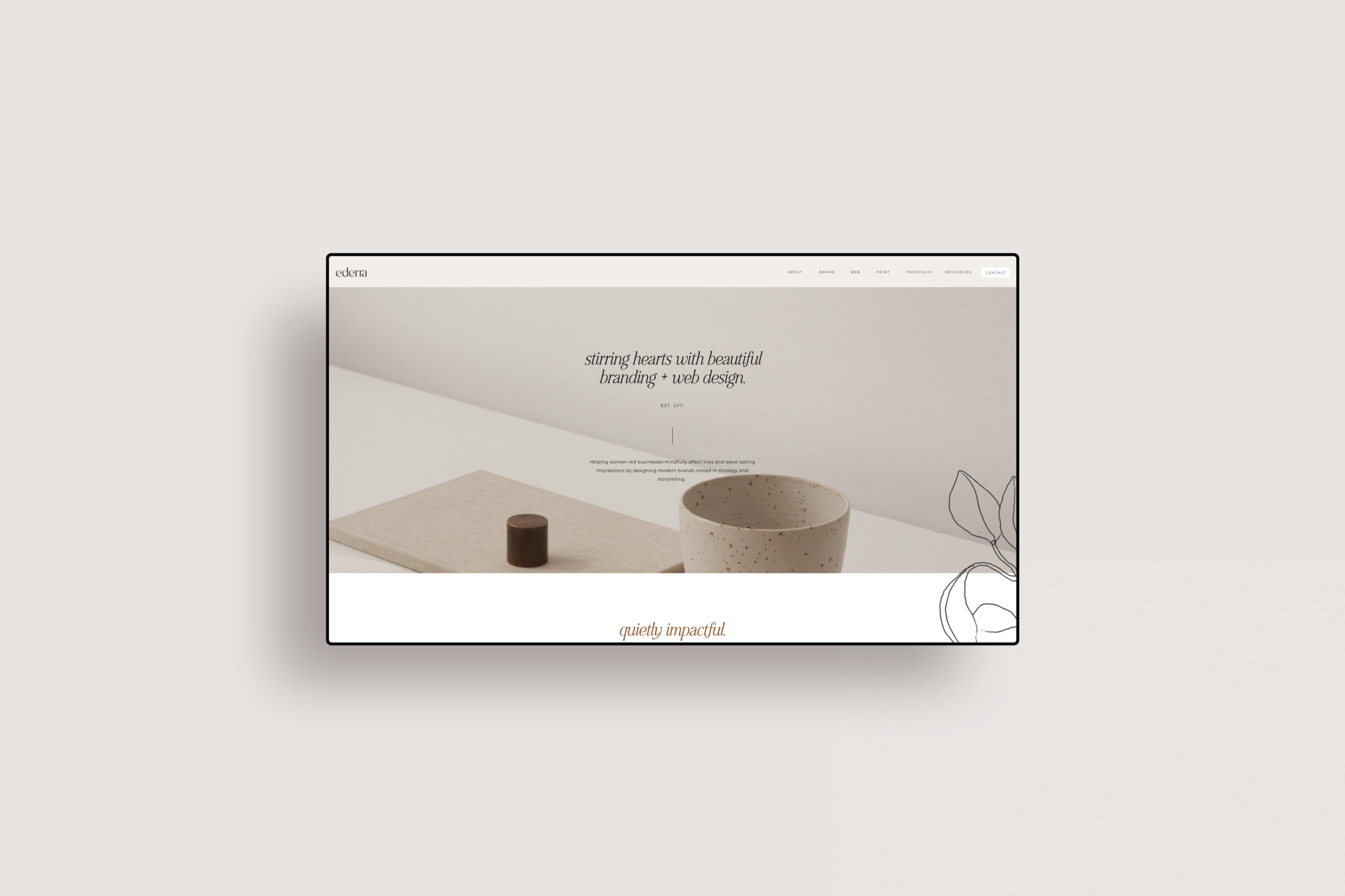Baeugi News Hub
Your source for the latest news and insightful articles.
Less is More: Embracing the Beauty of Minimalist Web Design
Discover the magic of minimalist web design! Unlock elegance and functionality while enhancing user experience—less truly is more!
The Philosophy Behind Minimalist Web Design: Why Less is More
The philosophy behind minimalist web design is rooted in the age-old adage that less is more. This design approach emphasizes simplicity and functionality, stripping away unnecessary elements that may distract users from their primary objectives. By focusing on essential content and intuitive navigation, minimalist designs enhance user experience, making it easier for visitors to find what they are looking for. Beyond aesthetics, this philosophy aligns with cognitive psychology, as users naturally gravitate towards content that is presented in a clear, concise manner, reducing cognitive overload and encouraging engagement.
Another significant aspect of the minimalist approach is its impact on website performance and accessibility. Websites that adhere to minimalist principles tend to load faster, as they require fewer resources and bandwidth. This is particularly vital in today's fast-paced digital landscape, where users expect quick access to information. Moreover, a minimalist web design is often more responsive and mobile-friendly, catering to a diverse range of devices and screen sizes. By prioritizing functionality over embellishment, designers can create a seamless experience that invites users to interact, ultimately fostering a stronger connection between the brand and its audience.

10 Essential Principles of Effective Minimalist Web Design
Effective minimalist web design is governed by principles that prioritize simplicity and user experience. Here are 10 essential principles to consider:
- Clarity: Ensure that every element on the page serves a purpose and communicates clearly.
- Whitespace: Use ample whitespace to create breathing room for your content, enhancing readability.
- Focused Content: Limit the number of elements to steer users' attention towards key information.
- Visual Hierarchy: Utilize size and color to guide visitors through your content effectively.
- Responsive Design: Design for various devices to ensure a consistent experience.
Continuing with the principles of minimalist web design, consider these additional factors:
- Limiting Colors: Use a restricted color palette to create a cohesive visual identity.
- Typography: Choose readable fonts and limit font families to maintain a streamlined look.
- Fast Loading Times: Optimize images and scripts to enhance performance, minimizing wait times.
- Intuitive Navigation: Design simple navigation that guides users effortlessly through the site.
- Consistent Branding: Maintain uniformity throughout the site to reinforce brand identity.
How to Create a Stunning Website Without Clutter: Tips for Beginners
Creating a stunning website without clutter is essential for both user experience and effective SEO. As a beginner, start by defining your website's purpose and target audience. Focus on a clean layout that prioritizes essential elements such as navigation, content, and calls to action. Using a minimalist design approach can significantly enhance the visual appeal of your site. Utilize white space generously to give your content room to breathe, and consider using a grid-based layout to maintain organization.
Another crucial aspect of maintaining a clutter-free website is optimizing your content. Prioritize high-quality images and concise text that conveys your message effectively. When writing, keep paragraphs short and use headings to break up content. Implementing an ordered list or bullet points for key information can improve readability:
- Define your website's purpose.
- Select a simple color palette.
- Use clear navigation menus.
- Limit the number of fonts.